Hoof care is one of the most important aspects of a daily grooming routine, as the age old saying goes “No foot, no horse”.
Whether the horse is shod or barefoot, regular care and maintenance are required to keep feet in good condition, balanced and well cared for. It’s essential to work with a good, reliable farrier, who can prevent rather than cause problems by incorrect shoeing or trimming.
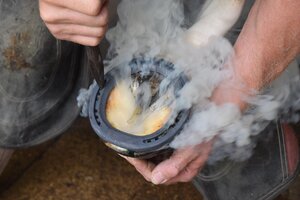
To maintain a healthy set of hooves, ensure that feet are handled and picked out as often as possible. If the horse is stabled, and then exercised and turned out, pick out the feet before leaving the stable, this will then ensure any damp bedding is removed, brush out the clefts and frog area and check the bulbs of the heels for any splits of signs of bruising.
Apply Hoof Shine to give the hoof a topical conditioner. This will help maintain the quality of the hoof wall and underlying areas as well as giving the hooves additional shine and condition, a bit like a good quality hand and nail cream.
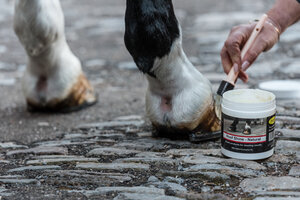
Check the feet again after exercise or turnout to ensure stones and debris are removed and to ensure shoes are on tightly with no risen clenches visible. For additional foot care, consider scrubbing the foot with an anti-bacterial foot scrub on a weekly basis to give the foot a thorough clean and further inspection.
Good quality pasture and forage will add to the general well being and are essential to encourage good quality hoof growth. If the feet are in poor condition or there have been issues with shoeing, it’s worth seeking professional advice from both veterinarian and farrier for advice on additional supplements such as biotin, copper etc
Applying a good quality hoof dressing on a daily basis will help to maintain the hooves when seasonal variations occur and conditions change from being very wet and cold to hot and dry a few days later. These changes are generally responsible for affecting the hoof wall and causing the hoof to become brittle and dry and more susceptible to splitting and breaking. Wetter conditions cause more bacterial infections such as foot thrush and abscesses.

Regular handling and care will enable you to notice any changes in the feel and temperature of a normal set of hooves and give you warning if there is anything that needs a farrier or vet to check out before it becomes more of an issue.
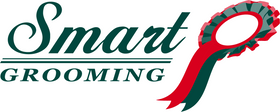

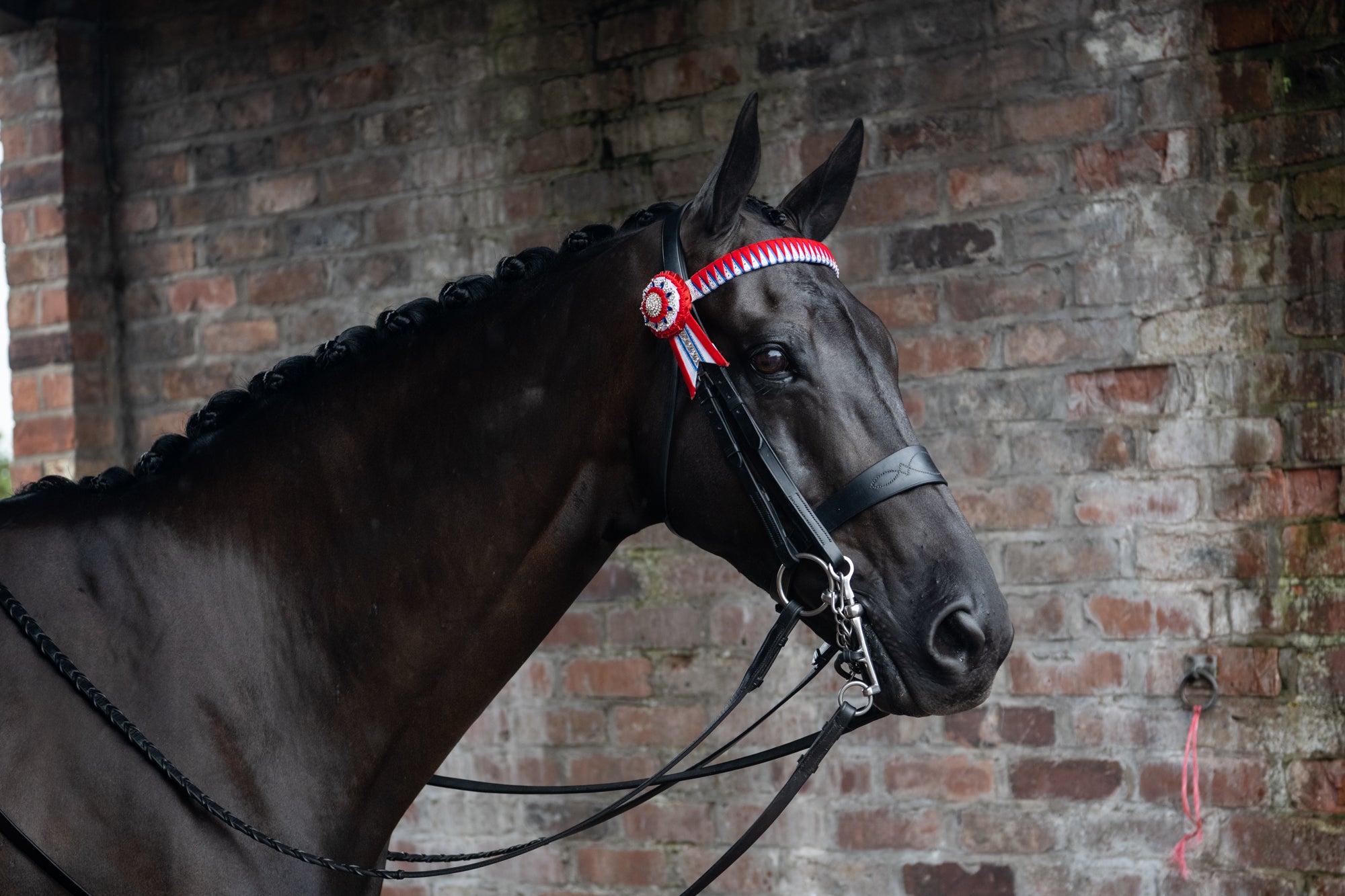
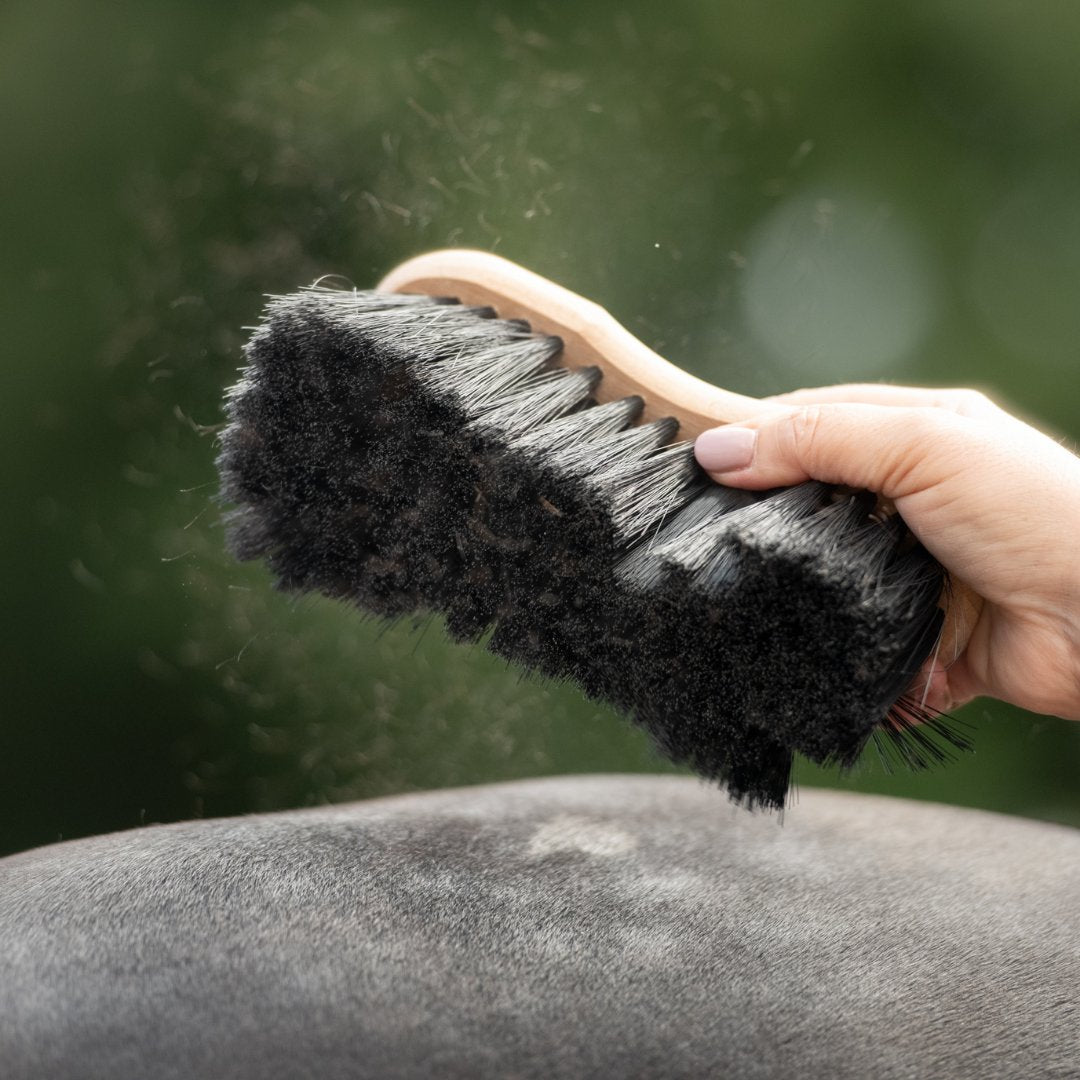
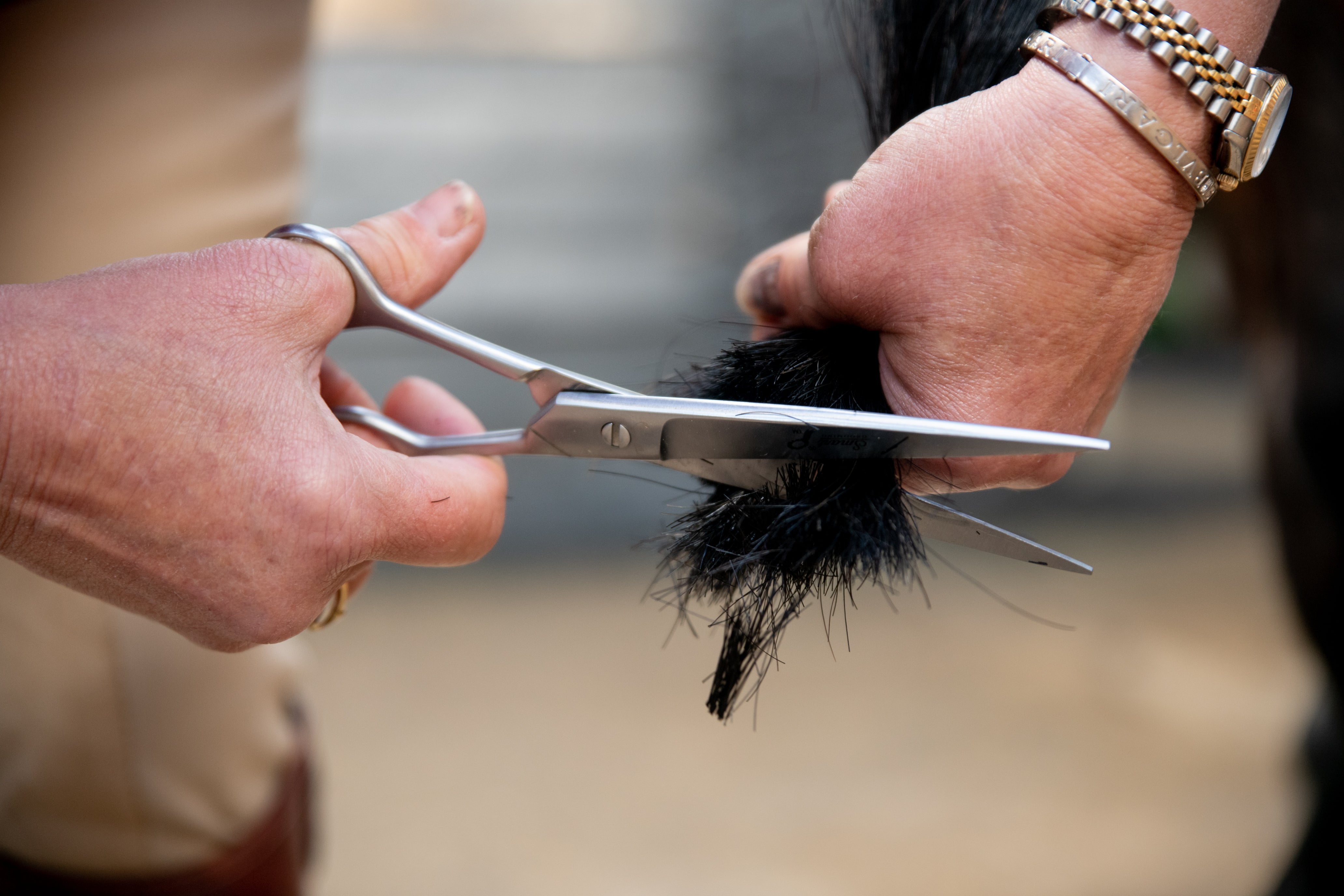

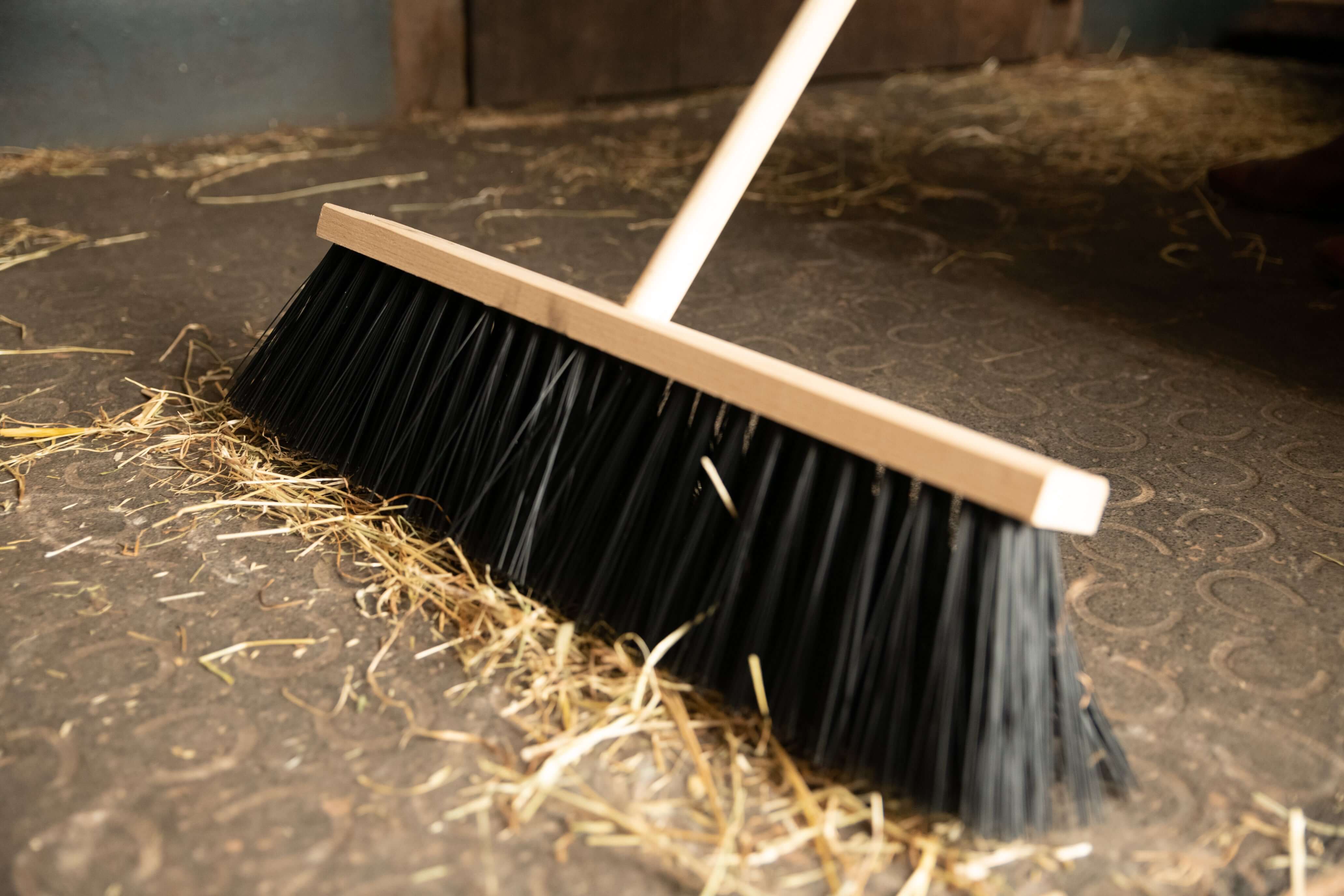
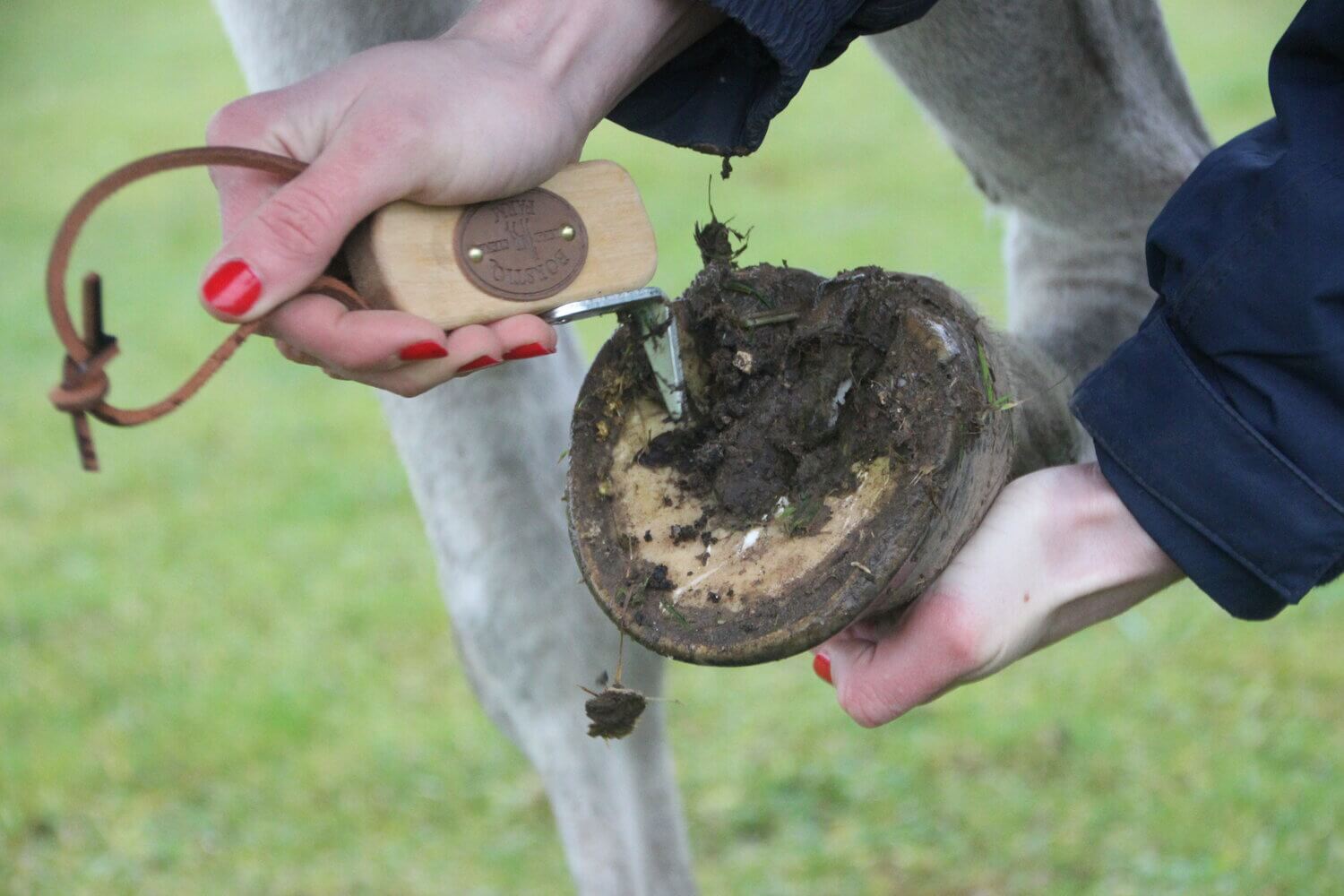
Leave a comment